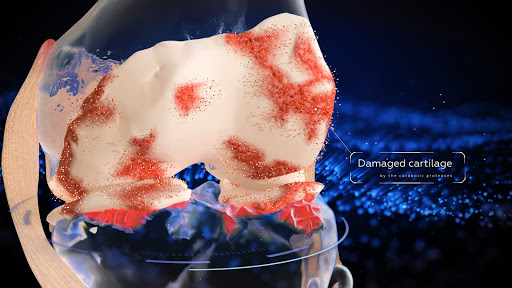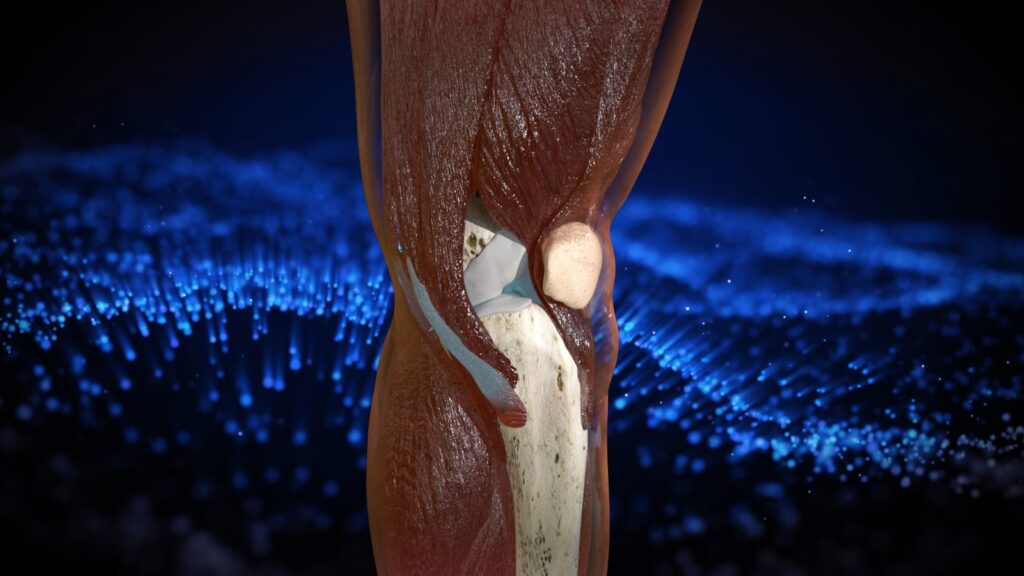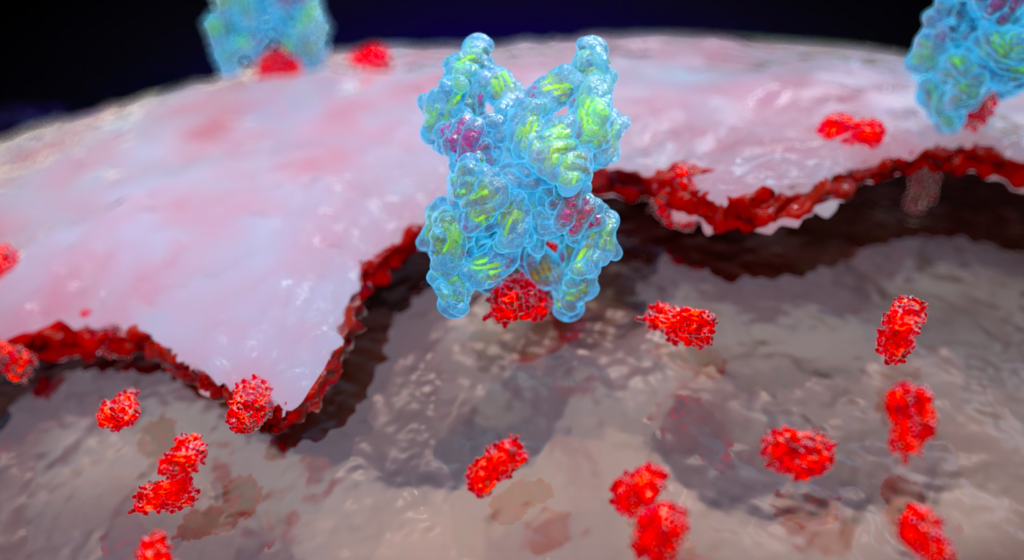Challenge
Osteoarthritis is the form of arthritis that affects millions of people each year. This disease occurs when the protective cartilage on the bones ends wears off, damaging the joints. Articular cartilage damage, especially when it affects the knee joint, is a major clinical problem due to the poor intrinsic ability for the tissue to regenerate.
However, Cytonics Corporation have developed a molecule that saves the cartilage. They reached us to create a medical animation showing the mode of action (MoA) of their drug. Visual storytelling is a perfect format for patient education, when complex biological processes need to be explained in simple terms and engaging way.
Problem
Articular cartilage is the soft white tissue that covers the ends of the bones and helps joints to move evenly. The major function of joint cartilage is a smooth gliding of joint surfaces and protection of the surrounding bone from external forces. Symptoms of osteoarthritis develop slowly and include: pain, stiffness, and bone spurs.
Knee cartilage can be damaged by sports trauma or bone malalignment. Once the articular cartilage is injured it won’t be able to heal on its own. As the bone stiffens and develops bone spurs, (osteophytes) the joints become inflamed and swollen, which damages the cartilage even more, leading to pain, swelling or loss of motion.
Solution
We created a 3D medical animation to demonstrate the progress of osteoarthritis on the molecular level followed by knee cartilage regeneration solution developed by Cytonics Corporation with their engineered A2M molecule. The entire project took 4 weeks to develop.
We were pleased to be able to help and demonstrate our skills in developing of scientifically accurate 3D animation content.



The post Knee Cartilage Regeneration appeared first on Nanobot.





